With the global focus on sustainability and reducing energy consumption, improving energy efficiency in buildings has become a top priority for engineers and architects. Among the materials used in construction, aluminum stands out as an exceptional material that significantly contributes to energy efficiency due to its unique properties. Aluminum’s lightweight, durability, and flexibility make it an ideal choice for designing windows, doors, and facades that play a crucial role in improving the energy performance of buildings.
This article explores how aluminum enhances energy efficiency, its environmental benefits, and its role in supporting innovative and sustainable architectural designs.
Properties of Aluminum That Support Energy Efficiency
Thermal Insulation:
Aluminum offers excellent thermal insulation, especially when paired with advanced technologies like thermal breaks. These breaks minimize heat transfer between the interior and exterior, maintaining comfortable indoor temperatures.
Heat Reflection:
Aluminum has the ability to reflect heat and light, reducing heat absorption within buildings—particularly in regions with hot climates.
Durability and Lightweight:
The lightweight nature of aluminum makes it easy to manufacture and install without compromising durability, reducing construction costs and ensuring long-term sustainability.
Recyclability:
Aluminum is 100% recyclable without any loss of quality, contributing to reduced resource consumption and a lower carbon footprint.
Applications of Aluminum in Modern Building Systems
Energy-Efficient Windows and Doors:
Aluminum frames for windows and doors are crafted using advanced technologies to minimize air and heat leakage, enhancing insulation.
Integrated Glass Facades:
When used in facade designs, aluminum provides strong structural support and allows the installation of energy-efficient glass. These systems regulate natural light intake and reduce energy usage for heating or cooling.
Shading Systems:
Aluminum structures are used as shading systems to block direct sunlight, helping maintain cooler indoor temperatures.
Solar Energy Systems:
Aluminum is used in the manufacturing of frames and support structures for solar panels, ensuring their lightweight, ease of installation, and long-term durability.
Economic Benefits of Using Aluminum in Buildings
Reduced Energy Consumption:
By improving thermal insulation and allowing natural lighting, aluminum reduces dependency on air conditioning and artificial lighting, lowering energy bills.
Increased Building Lifespan:
Aluminum’s resistance to environmental factors like corrosion and rust ensures long-lasting performance, reducing maintenance costs over time.
Sustainable Investment:
The use of aluminum elevates the value of buildings as it is considered an innovative and sustainable material that aligns with modern construction standards.
How Aluminum Improves Indoor Quality of Life
Better Ventilation and Natural Light:
The design flexibility of aluminum allows for larger windows with slim frames, enabling more natural light to enter and reducing the need for artificial lighting.
Noise Reduction:
Aluminum-based insulation systems, combined with double-glazed glass, minimize sound transmission, creating a quieter and more comfortable indoor environment.
Aesthetic Appeal:
Aluminum can be easily molded to meet the demands of modern architectural designs, offering creative freedom while maintaining efficiency.
Challenges of Using Aluminum in Buildings
Despite its many advantages, aluminum faces some challenges that can be addressed with modern technologies:
High Initial Cost:
Aluminum is relatively expensive compared to traditional materials, but its cost is offset by reduced maintenance and energy savings in the long run.
Energy-Intensive Manufacturing and Transportation:
The production and transport of aluminum require high energy consumption, but recycling aluminum significantly reduces these environmental impacts.
Climate Adaptation:
In extremely cold regions, aluminum may require additional technologies to enhance thermal insulation.
Innovations in Aluminum for Energy Efficiency
Recent years have witnessed significant advancements in technologies related to aluminum use in construction. Some of these innovations include:
- 3D Printing: Used to create complex aluminum structures that improve thermal and structural performance.
- Nano Coatings: Applied to increase aluminum’s resistance to environmental factors and enhance thermal insulation.
- Integration with AI: Smart building management systems optimize aluminum’s energy performance by monitoring energy usage and adjusting settings automatically.
Aluminum is a cornerstone material for enhancing energy efficiency in buildings due to its unique properties and versatile applications. Through thermal insulation technologies, shading systems, and integration into solar energy solutions, aluminum reduces energy consumption and improves living quality. While challenges like cost and manufacturing energy demand exist, the long-term benefits make it a sustainable investment for modern buildings.
In the future, aluminum will continue to play a pivotal role in achieving sustainability goals and advancing energy efficiency in the construction sector.

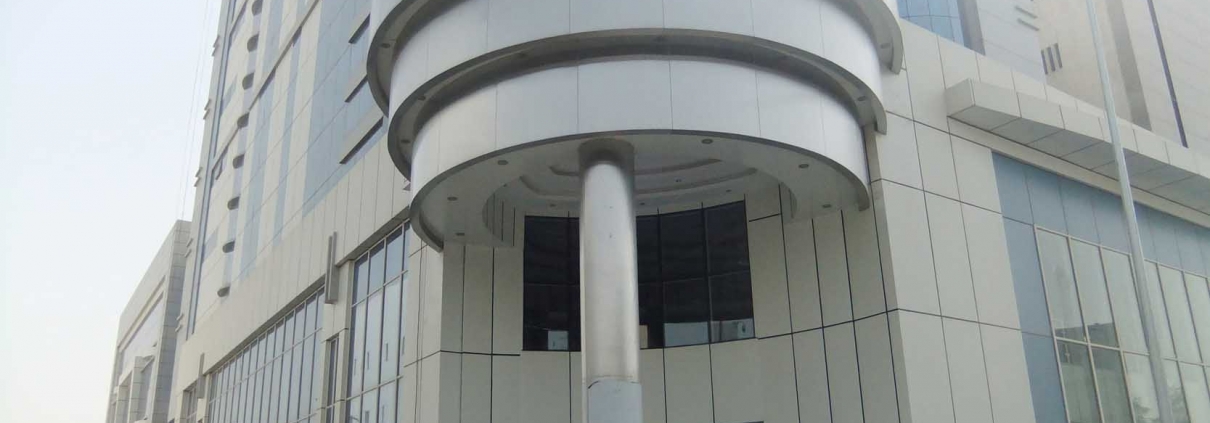
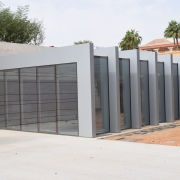
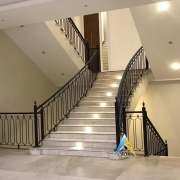
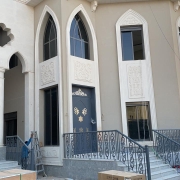
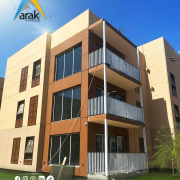
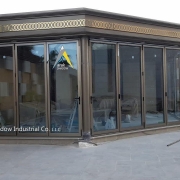
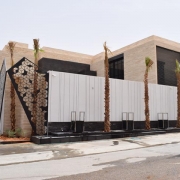
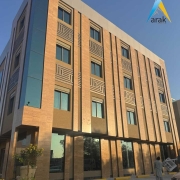
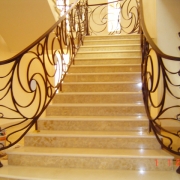


Leave a Reply
Want to join the discussion?Feel free to contribute!